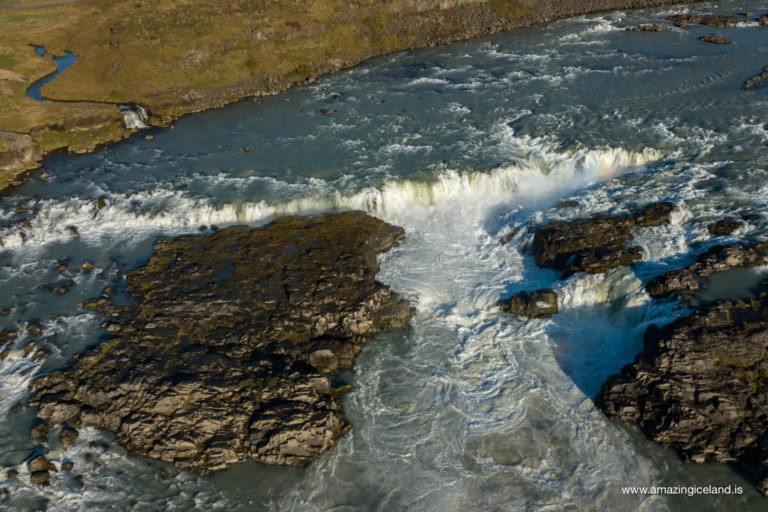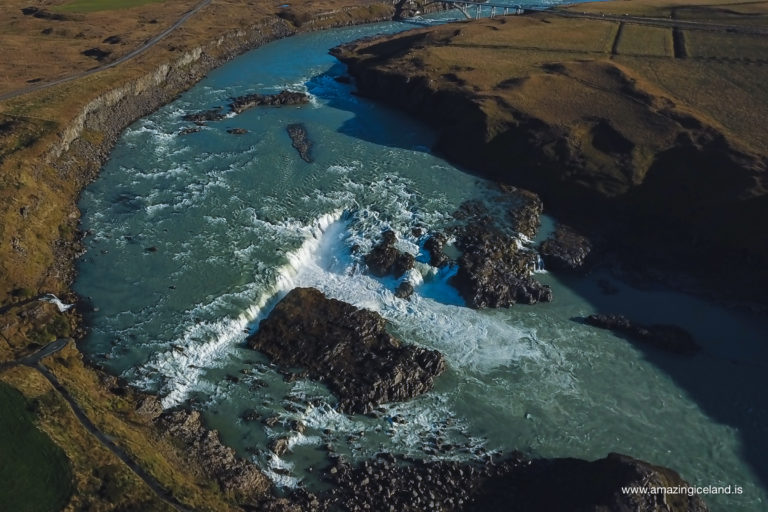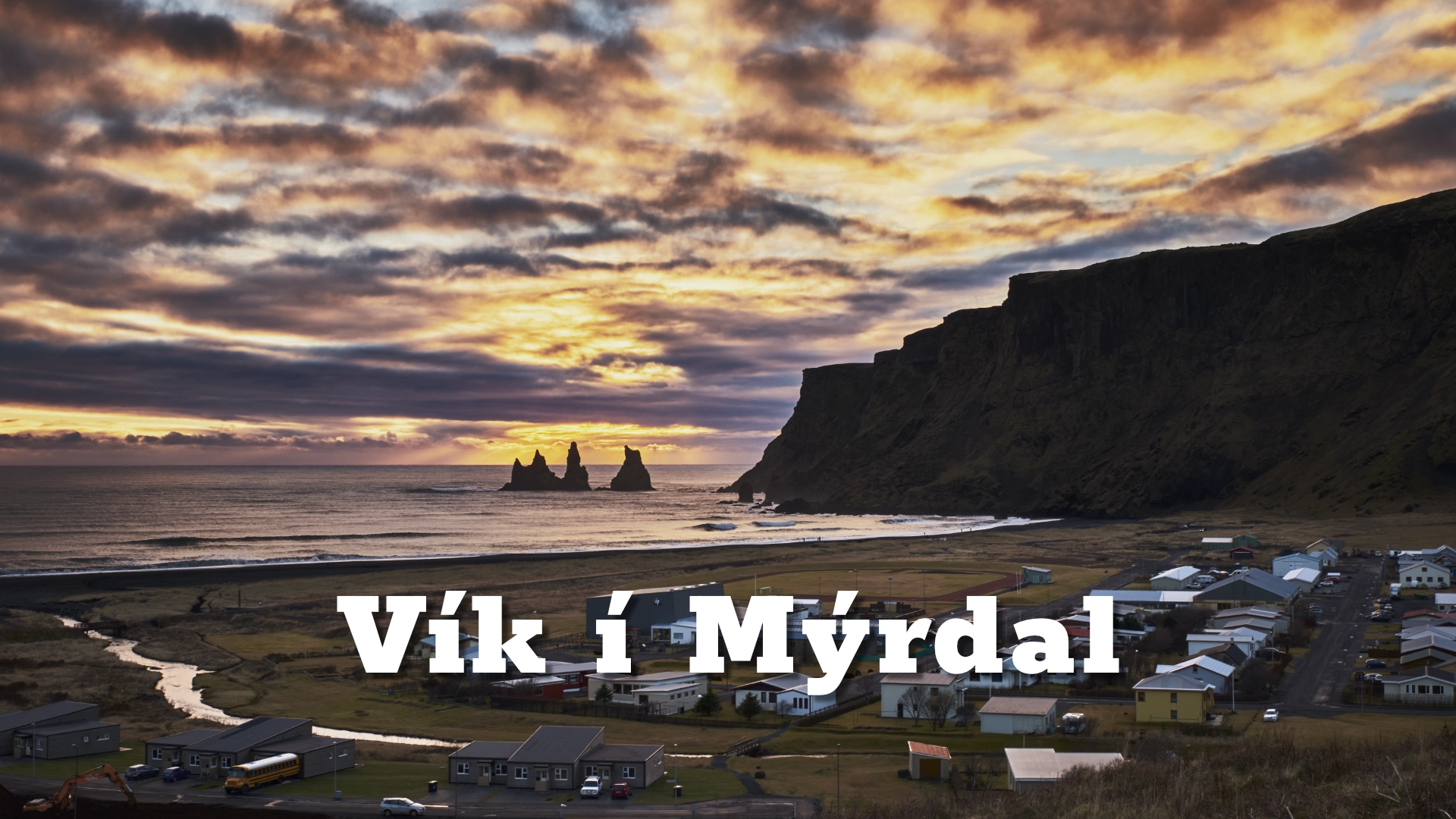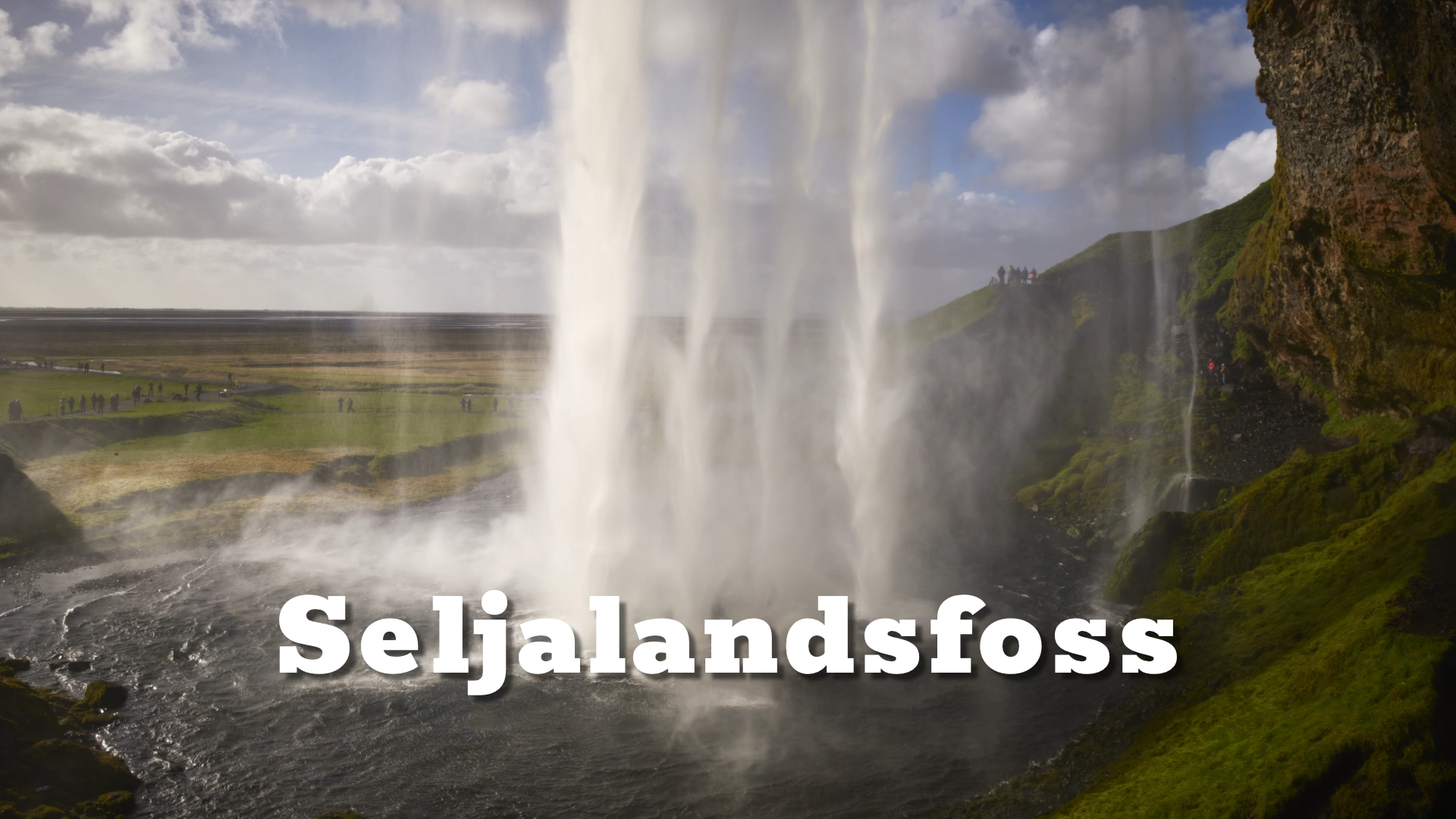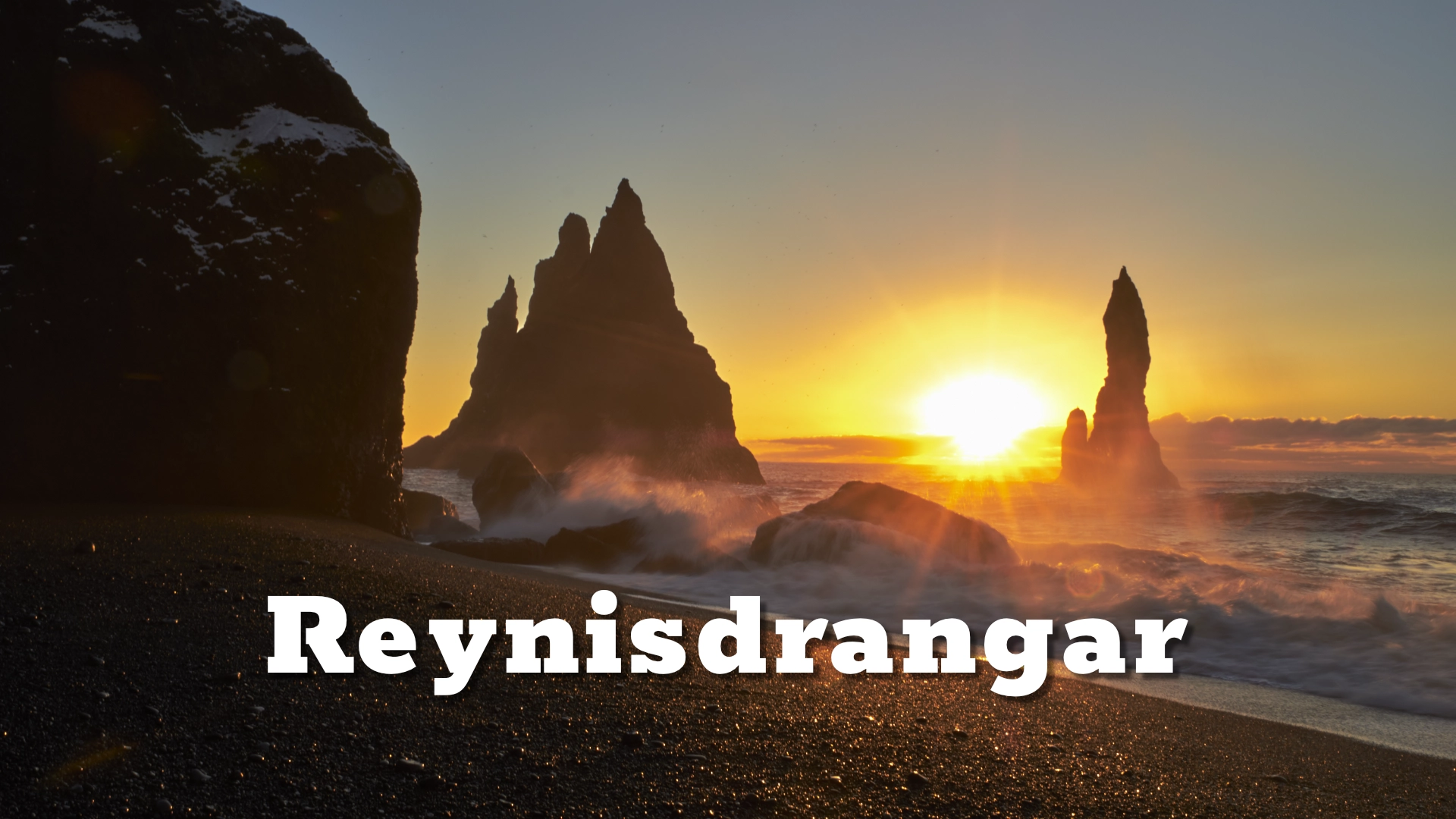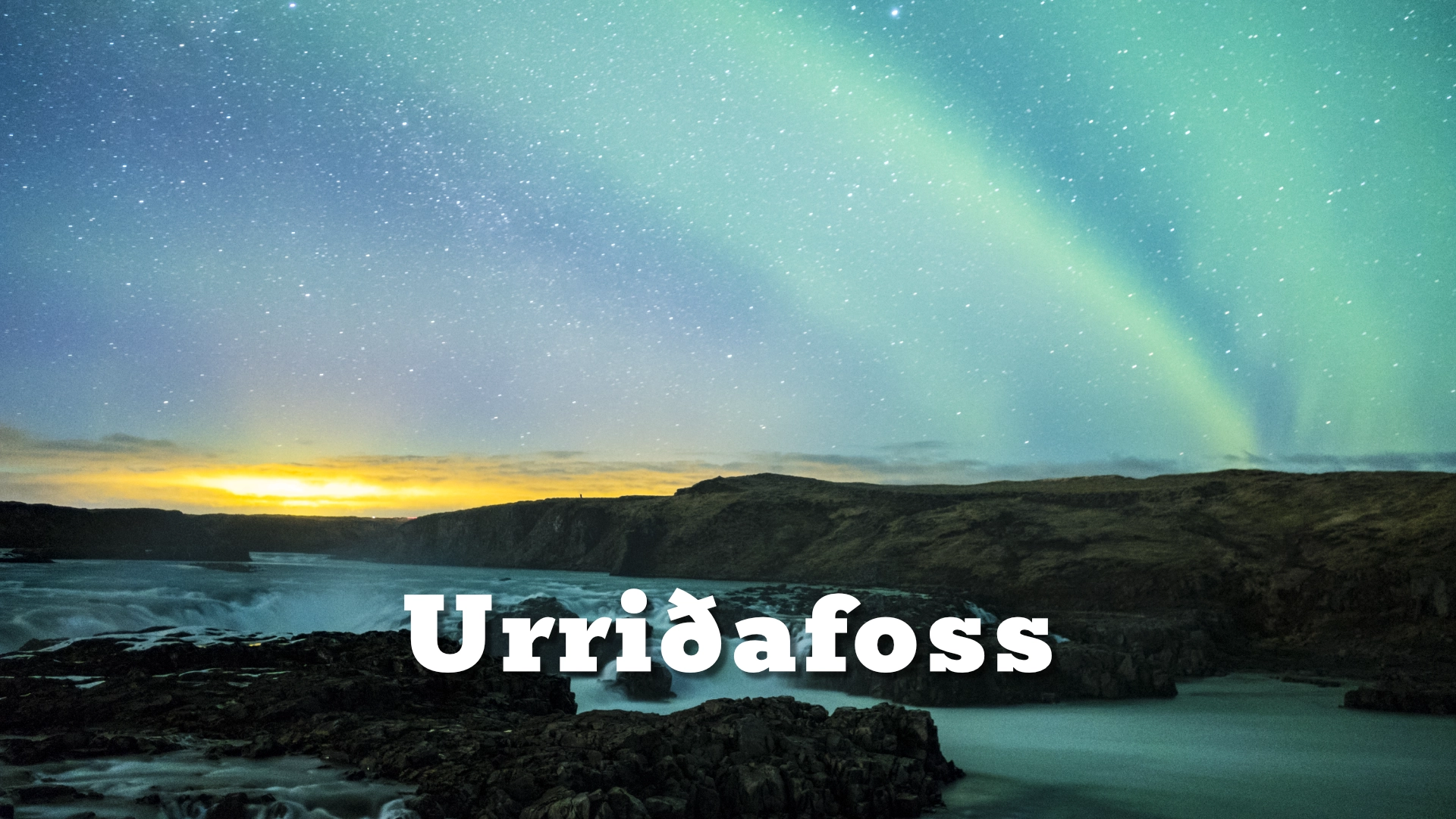
Urriðafoss is the last waterfall in the river Þjórsá about 1.5 km from highway one and beside a farm with the same name. It is the most voluminous waterfall in the country. Urriðafoss is not a high waterfall, only 6m high, but it is wide and because of this it can almost disappear in wintertime when the ice builds up, some times to 20m height causing the river flows over its banks.
The location of Urriðafoss waterfall on the south coast of Iceland
Latitude
63.9246142
Longitude
-20.6721927
The Locomotive Elite
What do Donald Trump and Iceland’s Locomotive Elite have in common?
Far more than you think.
In The Locomotive Elite, you’ll uncover how a tiny clique in Iceland captured extensive control—of banks, courts, media, and even the central bank.
For decades they ruled, first democratically, then through corruption and in the end through crime, enriching themselves and their cronies while dismantling oversight.
The result?
One of the most spectacular financial collapses in modern history.

